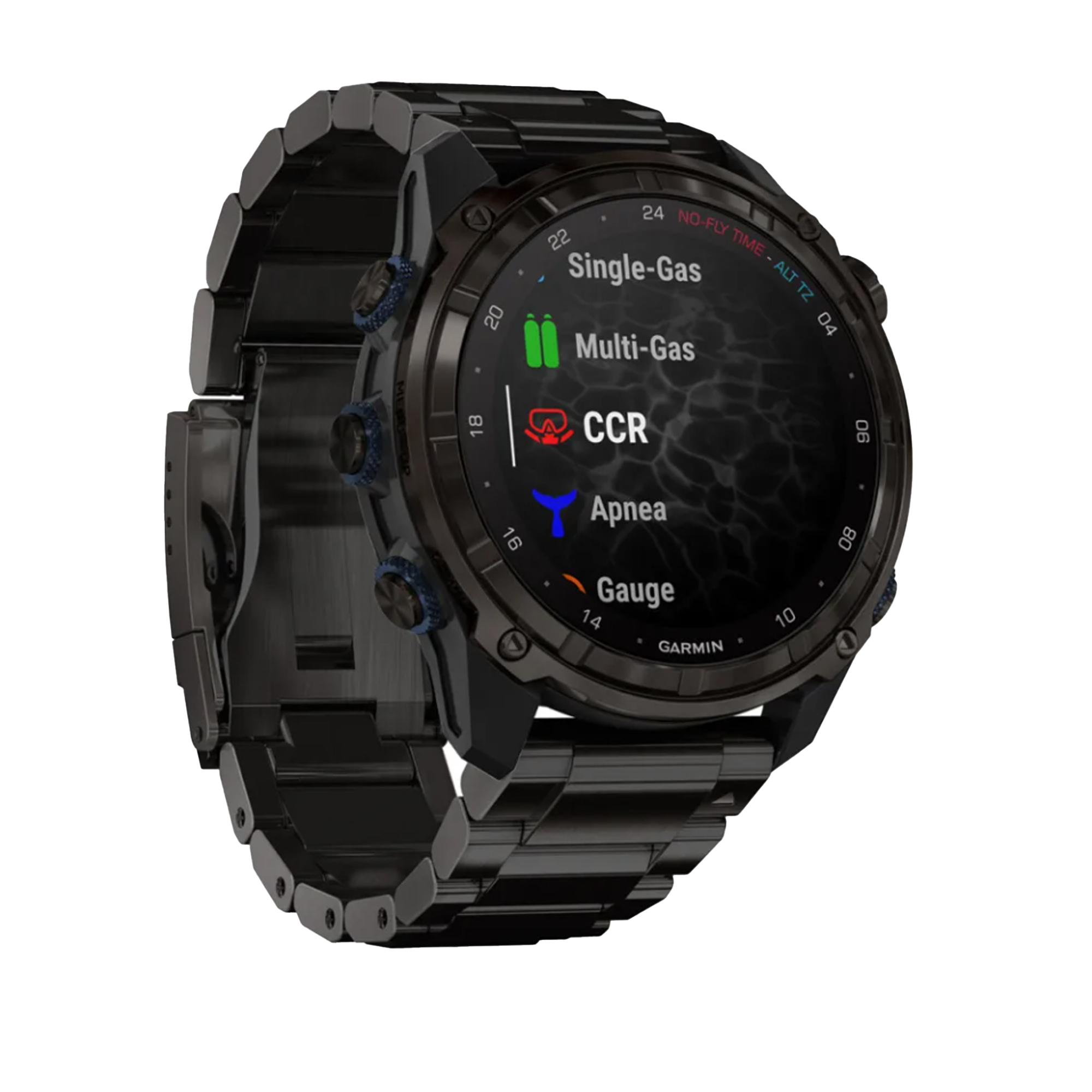Navigation
A dive finger or jump spool is the most compact way of carrying a guideline. A finger spool makes deploying a delayed surface marker buoy (DSMB) very easy as there is no way for line to get caught in any sort of mechanism. Jump spools are also useful for make jumps and gaps in caves. They are also a handy way of mapping a dive site as they are quick to deploy and re-stow.
If you're looking for a dive reel, please see Dive Reels.
Tech Tip:
Finger Spools Are Not Guideline Reels
The skills required to deploy a finger spool are different than those required to use a typical guideline reel. At first glance the simple spool looks easier, but compared to guideline reels the finger spool requires specific techniques for successful use. If this is your first finger spool then seek advice, get a demonstration, and most importantly you should practice under controlled conditions.
A common usage mistake is rewinding a finger spool in a manner that applies a lot of tension to the line, such as when hanging under a lift bag, causing the line to be very tightly wound on to the spool. Upon re-use the line doesn't smoothly unwind and sticks, causing the entire spool to be jerked out of the fingers or disappear with the lift bag.
Another consideration is the method used to rewind the line on to the spool. Hold the line loosely and use the spool to take up the line; if you hold the spool in a fixed position some wrapping motions with your hand will put a 'twist' in the line with each wrap around the spool. Depending on how you later unspool, you might wind up with a tangled mess of line (aka 'birds nest') if you hold the line in your hand while it unspools.
Although your finger spool is not a guideline reel the basic care is very similar. You should rinse your finger spool with fresh water following each dive. We recommend pulling some or all of the line off the spool before each dive, then rewinding it neatly but not too tightly, so as to help prevent problems during line deployment. If the line on your finger spool is new or very dry, we recommend pulling the line off into a bucket of water. This will moisten the line, precluding it from swelling on the spool and causing further issues or damaging the spool.
Finally, too much line on the spool can cause tangles during initial deployment, if you are having a consistent problem deploying your finger spool try removing a few metres of line.
Rabbit Island, North
![]() Reef Dive |
Reef Dive | ![]() Boat access
Boat access
![]()
![]()
![]()
![]()
![]()
Depth: 2 m (6.56 ft) to 10 m (33 ft)
Level: Advanced Open Water and beyond.
Rabbit Island, North is a boat dive site for adventurous divers on the southern side of Rabbit Island, a small, granite island 1.6 km off the north-eastern coast of Wilsons Promontory, Victoria, Australia. The island lies within the Wilsons Promontory Marine Park, and the Rabbit Island North dive site faces north out into the often wild seas of Bass Strait. The island was named in 1842 by Captain John Lort Stokes after the numerous rabbits, descendants of those left by sealers to provide a food supply for sailors.
Diving Rabbit Island, North
On the northern side of Rabbit Island you'll find easy diving with a good mix of habitat types which means different species to see and photograph. The bottom is mostly sandy, but there are also areas of fringing near shore reef and seagrass beds. There is also a surprisingly rich number of school fish including Sweep and Zebrafish.
See also the nearby Rabbiit Island, South dive site.
Ideal Conditions: Rabbit Island, North is best dived with calm seas, no swell and no wind. Light offshore south-westerly to south-easterly winds may be acceptable. Because of the sometimes strong currents, Rabbit Island, North is best dived at slack water. See WillyWeather (Rabbit Island) as a guide for the tide times and the height of the tide.
Bass Strait Warning: Always keep an eye on sea conditions throughout any shore or boat dive in Bass Strait on Victoria's coastline. Please read the warnings on the web page diving-in-bass-strait before diving or snorkelling this site.
{{wilsons-promontory-marine-park}}Traditional Owners — This dive site is in the traditional Country of the Boon Wurrung / Bunurong people of the Kulin Nation. This truly ancient Country includes parts of Port Phillip, from the Werribee River in the north-west, down to Wilson's Promontory in the south-east, including the Mornington Peninsula, French Island and Phillip Island, plus Western Port. We wish to acknowledge the Boon Wurrung as Traditional Owners. We pay respect to their Ancestors and their Elders, past, present and emerging. We acknowledge Bunjil the Creator Spirit of this beautiful land, who travels as an eagle, and Waarn, who protects the waterways and travels as a crow, and thank them for continuing to watch over this Country today and beyond.
Rabbit Island, North Location Map
Latitude: 38° 54.490′ S (38.908171° S / 38° 54′ 29.42″ S)
Longitude: 146° 30.756′ E (146.512603° E / 146° 30′ 45.37″ E)
Datum: WGS84 |
Google Map
Added: 2022-04-22 02:13:16 GMT, Last updated: 2022-04-22 14:36:53 GMT
Source: Google Earth
Nearest Neighbour: Rabbit Island, South, 683 m, bearing 199°, SSW
Wilsons Promontory Marine Park.
Rabbit Island, Bass Strait.
Depth: 2 to 10 m.
[ Top ]
DISCLAIMER: No claim is made by The Scuba Doctor as to the accuracy of the dive site coordinates listed here. Should anyone decide to use these GPS marks to locate and dive on a site, they do so entirely at their own risk. Always verify against other sources.
The marks come from numerous sources including commercial operators, independent dive clubs, reference works, and active divers. Some are known to be accurate, while others may not be. Some GPS marks may even have come from maps using the AGD66 datum, and thus may need be converted to the WGS84 datum. To distinguish between the possible accuracy of the dive site marks, we've tried to give each mark a source of GPS, Google Earth, or unknown.
Copyright © 2005-2022 by The Scuba Doctor Australia, ABN 88 116 755 170. All rights reserved.
tel. +61 3 5985 1700 :: email. diveshop@scubadoctor.com.au :: Web site by it'sTechnical 2022

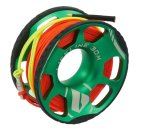
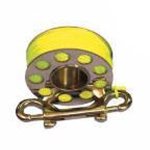
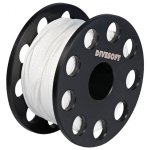
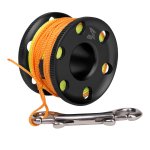

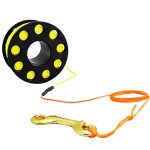
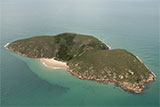
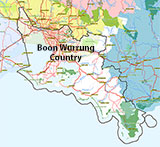



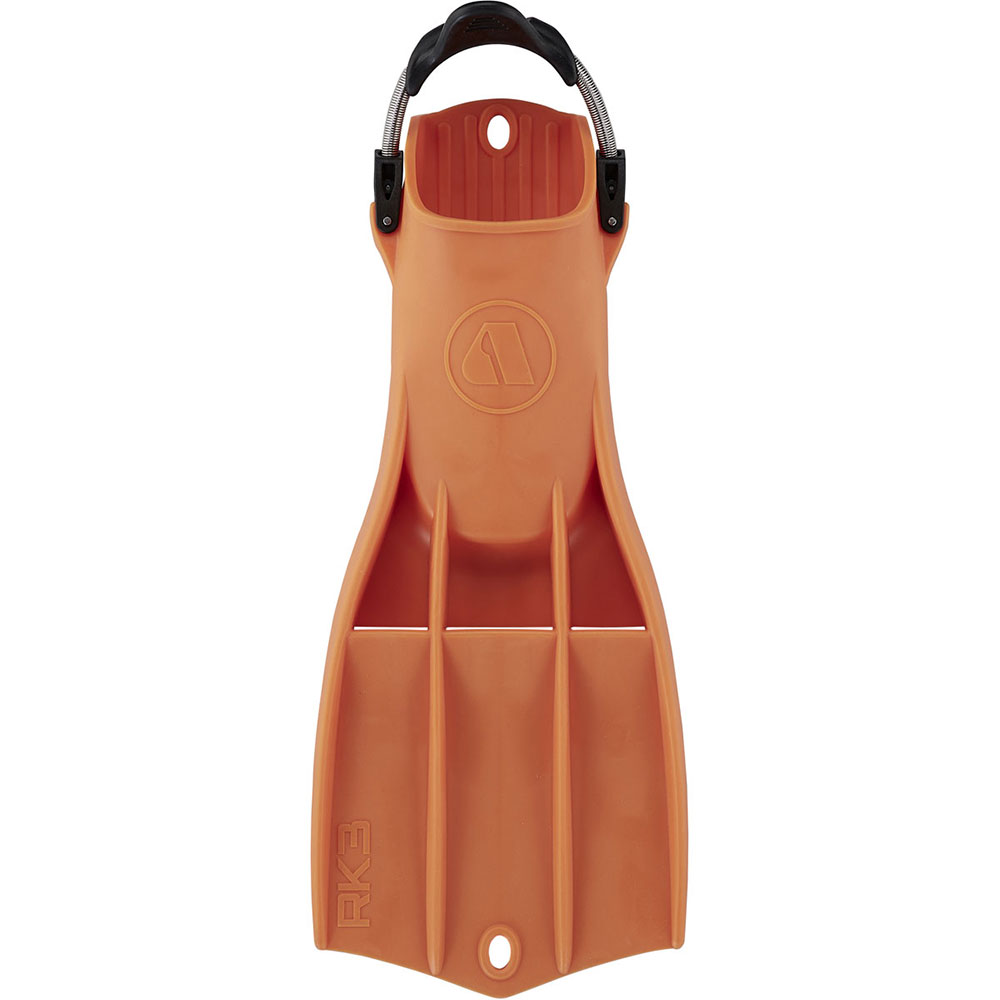




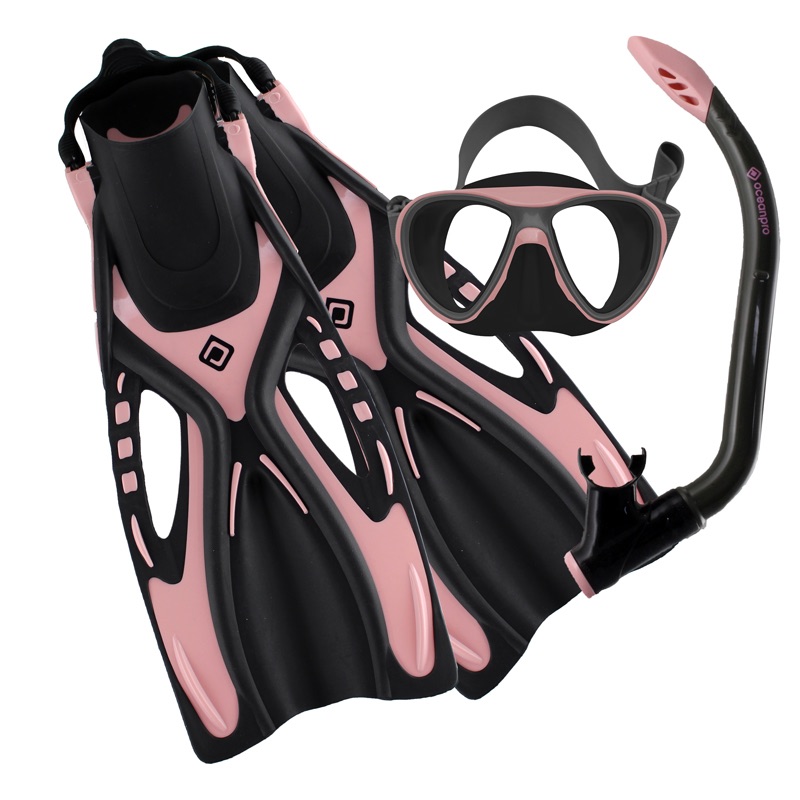

![Halcyon Infinity 30lb System [SS Small Backplate] Halcyon Infinity 30lb System [SS Small Backplate]](/diveshop/images/halcyon/Halcyon-Evolve-Wing.jpg)







